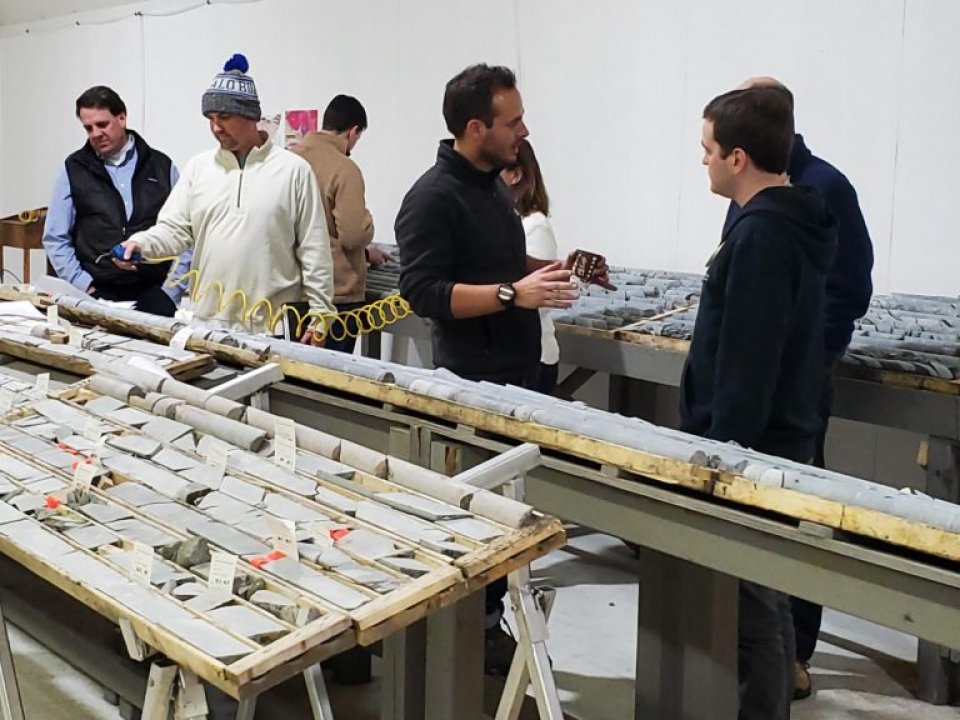Amex drills 189.4 metres of 1.07 g/t gold at Perron

Amex Exploration Inc. [AMX-TSXV; AMXEF-OTCQX] has discovered the westward and surface expression of the Denise Zone, a major gold-bearing system, immediately south of the high-grade zone (HGZ), of the 100%-owned Perron property 110 km north of Rouyn Noranda, northwestern Quebec. The company is reporting substantial gold mineralization in multiple drill hole intersections from the Denise zone.
Highlights from the Denise Zone include:
Hole PE-20-181 intersected 115.60 metres of 1.39 g/t gold at a vertical depth of approximately 260 metres.
Hole PE-20-188 intersected 189.40 metres of 1.07 g/t gold at a vertical depth of approximately 300 metres.
Hole PE-20-54EXT intersected 50.0 metres of 2.12 g/t gold at a vertical depth of approximately 130 metres.
Hole PE-20-56EXT intersected 100.00 metres of 1.01 g/t gold at a vertical depth of approximately 120 metres. True widths are estimated to be about 75% of core length.
Interpretation of the Denise zone now suggests that gold mineralization has been traced over 325 metres along strike, from the surface to 550 metres vertically and up to 100 metres of width with higher-grade intervals contained within. (Denise zone is open in all directions.)
Dr. Jacques Trottier, PhD, executive chairman of Amex, said: “The discovery of a major gold-bearing system at the surface has excellent implications for the future mining at Perron. With these results, as well as the pending holes from Denise, we believe the Denise Zone has the potential to add significant gold ounces to the overall Perron property as well significantly add to the ounces per vertical metre when considering it in conjunction with the HGZ. We now recognize the Denise Zone as a stand-alone gold zone. Previously, we had contemplated underground mining to extract the very high-grade gold mineralization of the HGZ. Having the Denise Zone located immediately south of the HGZ enables us to envision a starter pit followed by further underground mining. This fundamentally changes the possible economics of mining this area.”
